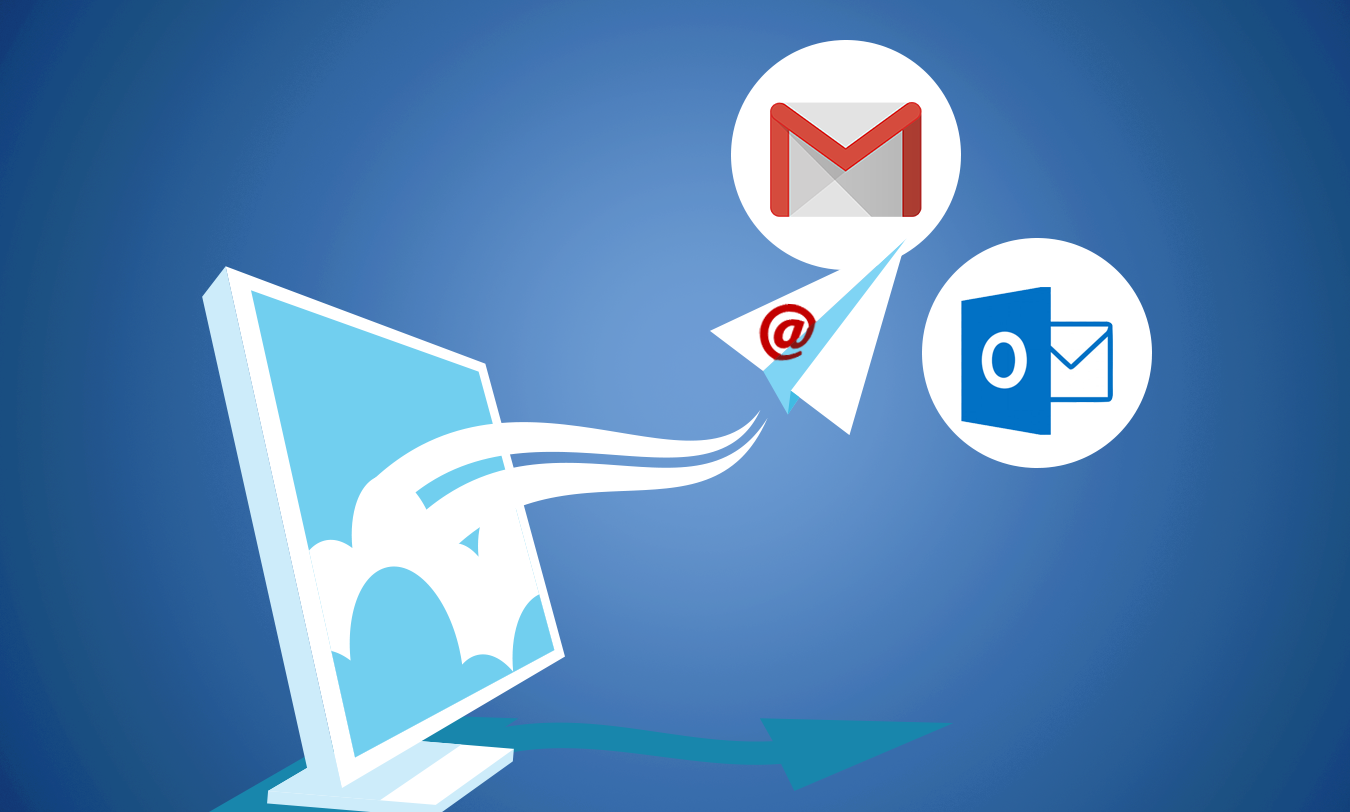Chances are, when you signed up for an internet service, your internet service provider (ISP) hooked you up with an email address, too. Your ISP wants to keep you connected to them. But this convenient email address isn't always the best long-term solution.
That "yourname@ispprovider.com" email address may work fine. You use it to keep in touch with your family and friends, you get bills to that address, and you've used it to login to Facebook and online news and shopping sites.

But relying on your ISP for your email address may not be the best strategy for you. Here are some drawbacks to consider.
- If you rely on your @isprovider.com address, you could end up locked in with poor service or high prices. You feel stuck because you can't take your email address with you if you want to switch providers.
- Internet service providers are not in the email business, whereas email providers such as Gmail and Outlook are always working to improve. Your ISP may not have updated its email offerings for a decade.
- Most ISPs have very limited storage space for email, which can make your service less reliable and convenient.
- Also, ISPs don't make the same effort to keep your email secure and your inbox spam free. A provider more focused on email services offers more sophisticated filtering. ISP emails usually have primitive spam filtering that is easy to bypass.
- With an ISP email, your email is often accessible only on the provider's mail servers, and you need to be able to access those servers to get to your emails. A cloud-based email provider lets you access your inbox via a Web browser. So, it doesn't matter where in the world you are; you can still get access.
- You might be supporting a local ISP with your business. If that smaller provider goes belly up, however, your email address is gone forever, too.
Making the switch to an alternative email provider
You may feel compelled to remain loyal to your ISP because changing your email address seems like a headache. It doesn't have to be. Here are a few useful steps to get started with a different email provider:
-
1. Set up a new email account.
- There are a wide variety of email providers available. The most commonly used ones tend to be Microsoft's Outlook and Google's Gmail. Other options like Protonmail for the privacy conscious.
-
2. Set up an email forward from your old account
- The next step is to set up an email forward from your old account to your new one. This allows you to continue receiving any mail that is sent to your old address at your new one. The process for setting this up can vary depending on your ISPs email system however it's most commonly found under the settings page. Later, when you've completed step 4, you can disable the forward.
-
3. Export your contacts list
- This part tends to be the trickiest as some email providers don't allow you to export your contacts list directly. Normally however you can export your contacts list into a format like CSV which can then be imported into your new email account. This step also provides you the oppertunity to prune your contacts list and get rid of unwanted entries.
-
4. Reach out to contacts and change accounts
- If step 3 is the trickiest, this tends to be the most monotonous. You will now need to inform everyone on your contacts list about your new email address. This part is easy as it usually just entails sending one email to yourself (put your new email address in the TO field) and then adding your contacts in the BCC field. This will. Next, you will need to start working on changing your email address for any shopping, social media or other website accounts. This will require you to log in to each of these accounts and change your email address from the account settings page of the site. This can be a little more difficult as every website is different.
Once you've completed the steps above, you'll be well on your way with using a new email address. After some time passes, you can disband the old account entirely.
Email Independence
ISP email accounts are nice in that they're already set up for you and you're just handed the keys. However, having a email hosted through an independent 3rd-party provider allows you much more flexibility and security and is definitely something we recommend looking into.